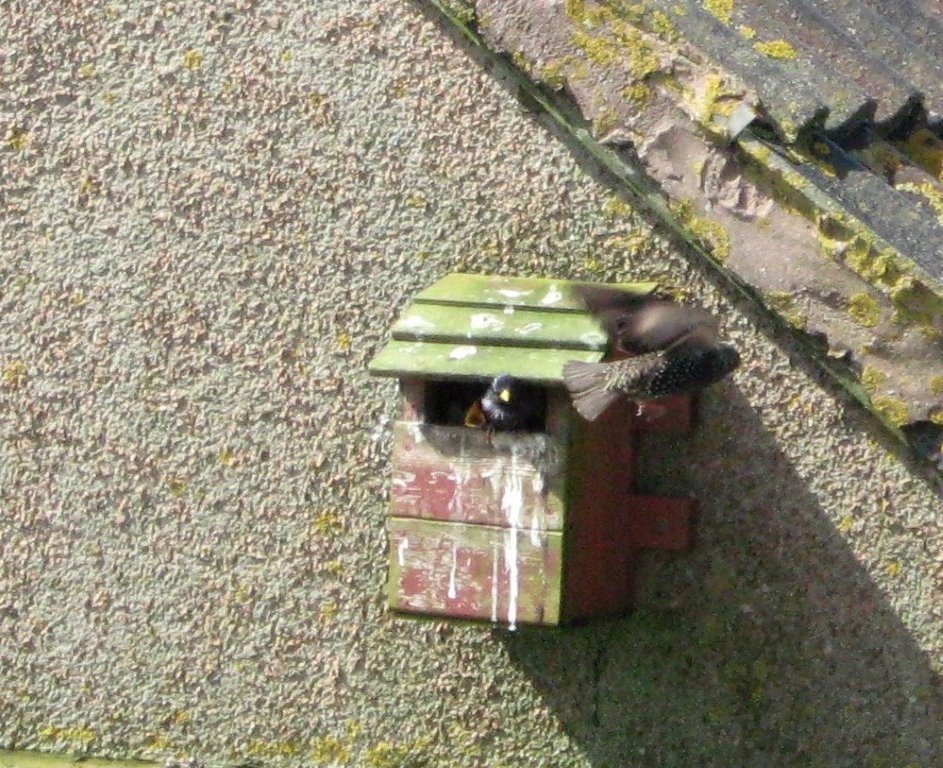Bird Report March 2014
Paying a visit to Newark Bay to do a beached birds report I was faced with an apparently empty beach, but how wrong can you be as a closer look quickly revealed plenty of activity. Heading over the water were 60 Lapwing - a nice sighting of these handsome birds. I was soon aware of a Skylark singing from one of the fields and, looking seawards again, two Greater Black-backed Gulls were taking a dip. In the distance I could see 25 Oystercatchers on the beach near the slip. Making my way further along I came across 2 Hooded Crows poking amongst the tangles and almost missed the few Rock Pipits which were well camouflaged pecking around. Unusually, there was a lone Turnstone at the water's edge. I disturbed a Pied Wagtail which flew off towards the sea. Following its path I noticed several Common Gulls on the water also 5 Long-tailed Ducks. Heading back along the path there were 2 Greylag Geese in Russell's field.
Signs of spring are now obvious - bonny Celandines are starting to flower; we have Frogspawn in the garden pond; the grass is growing.
Many birds will be busy making nests (in fact Ravens will already be feeding young). I noticed one of our resident Starlings carrying nesting material (photo of Starling nest by Pauline Wilson) and the Greenfinches are now resplendent in breeding plumage.
I have heard my first Skylark of the year here at Sunnybank; a Robin and a Songthrush have been present for a few days; a few early Pied Wagtails are now to be seen.
Other sightings from around the parish include a Merlin which was making its presence felt; 500 Golden Plovers were reported on the mud at St. Peter's Pool; there are still plenty of Greylag Geese in the fields - a notable flock near Grind was present for a few days and I saw several in a field while I was heading down to Sandside. I suspect we'll be seeing these birds for a couple of weeks yet.
In spite of the improving temperatures, garden birds will still be happy to visit feeders so please continue to put out peanuts, seed, apples to help them through the busy breeding season.



